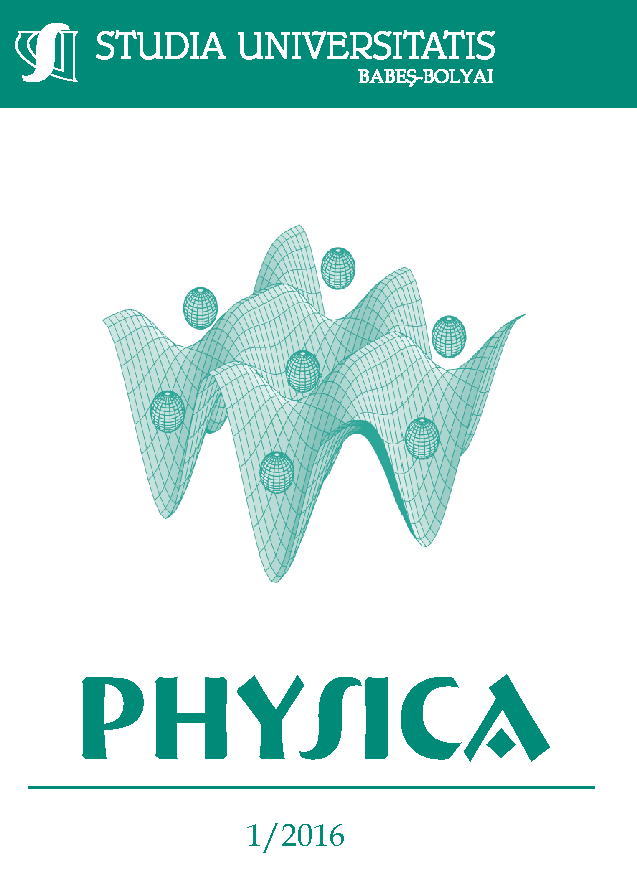LIDOCAINE - HSA BINDING CHARACTERIZED BY FLUORESCENCE SPECTROSCOPY AND MOLECULAR DOCKING
Keywords:
fluorescence quenching spectroscopy; lidocaine-HSA interaction; molecular docking.Abstract
Quenching fluorescence and molecular docking methods were used to evaluate changes in the local environment of intrinsic fluorophores of HSA in the presence of lidocaine and to calculate the binding parameters that characterize drug-protein interaction. We show that lidocaine induces significant fluorescence quenching of tryptophan and changes in conformation of IIA domain of HSA. The bimolecular quenching rate constant calculated using Stern-Volmer equation indicates a direct binding as the cause of fluorescence quenching. The protein-ligand association constant determined from Trp fluorescence quenching data showed a weak binding of lidocaine to HSA. The molecular docking calculations indicates three docking sites for lidocaine, in IIIA and IIA and IB domains of HSA, with preference for cavities located in IIIA.
References
M. Fasano1, S. Curry, E. Terreno, M. Galliano, G. Fanali, P. Narciso, S. Notari and P. Ascenzi, IUBMB Life, 57(12), 787 (2005).
T Peters, “All about Albumin: Biochemistry, Genetics, and Medical Applications” Academic Press: San Diego, CA, USA, 1996.
F. Zsila, Mol. Pharmaceutics, 10 (5), 1668 (2013).
E. Krauss, C. F. Polnaszek, D. A. Scheeler, H. B. Halsall, J. H. Eckfeldt, J. L. Holtzman, J. Pharmacol. Exp. Ther., 239, 754 (1986).
K. L. Hein, U. Kragh-Hansen, J. P. Morth, M. D. Jeppesen, D. Otzen, J. V. Møller, P. Nissen, J. Struct. Biol., 171, 353 (2010).
D. N. Bailey, J. R. Briggs, Ther. Drug. Monit., 26, 40 (2004).
J. R. Lakowicz, “Principles of Fluorescence Spectroscopy”, 3rd ed., Springer, New York. 2006.
M. van de Weert, L. Stella, J. Mol. Struct., 998, 144 (2011).
O. Trott, A. J. Olson, J. Comput. Chem., 31, 455 (2010).
J. N. Miller, Proc. Anal. Div. Chem. Soc., 16, 203 (1979).
M. Amiri, K. Jankeje, J. R. Albani, J. Fluoresc. 20m 651 (2010).
Downloads
Published
How to Cite
Issue
Section
License
Copyright (c) 2016 Studia Universitatis Babeș-Bolyai Physica

This work is licensed under a Creative Commons Attribution-NonCommercial-NoDerivatives 4.0 International License.






